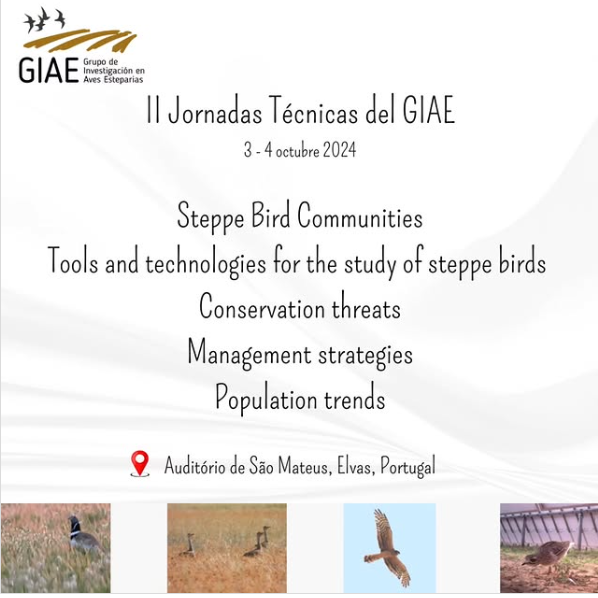The Zones of Application of the Action Program of the Plan for the Recovery and Conservation of Steppe Birds in Andalusia (ZAPRAE) are areas with populations of these bird species which, according to the Andalusian Catalogue of Threatened Species, present some degree of threat: two endangered species (Great Bustard and Andalusian Bullfinch), and five vulnerable species (Montagu’s Harrier, Eurasian Skylark, Iberian Sandgrouse, Black-bellied Sandgrouse and Little Bustard). The ZAPRAEs lack a legal framework and, therefore, legal validity. Except for the specific actions of the Steppe Recovery Plan, no systematic quantitative study of these areas has ever been undertaken. This paper analyzes the structure and dynamics of the landscape, the composition of bird communities and the conservation status of ten ZAPRAEs in agricultural steppe areas of calm land. These agricultural landscapes, originally dominated by rainfed arable crops, with abundant patches of scattered spontaneous vegetation, have evolved since the mid-20th century to more anthropized habitats in which irrigated woody crops have been spreading in a NE-SW direction. The avifauna recorded in 149 sampling points distributed proportionally among the 10 ZAPRAEs has 119 species, 22 steppe birds, with a heterogeneous distribution conditioned by the presence of olive groves and anthropic activities. The conservation of these steppe areas, according to their bird communities and landscape structure, varies from worse to better in an E-W direction, being in general very precarious, with a limited capacity to host steppe bird populations.
This website uses cookies so that we can provide you with the best user experience possible. Cookie information is stored in your browser and performs functions such as recognising you when you return to our website and helping our team to understand which sections of the website you find most interesting and useful.


